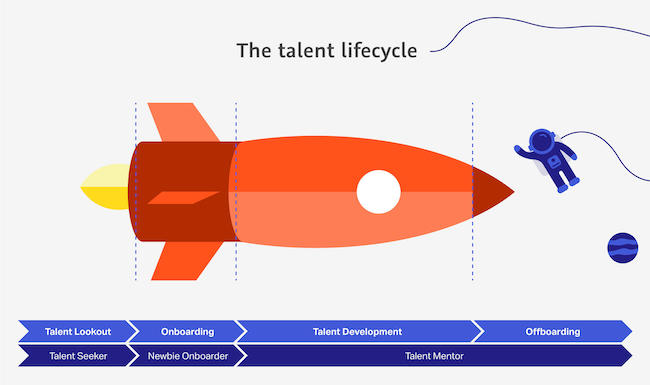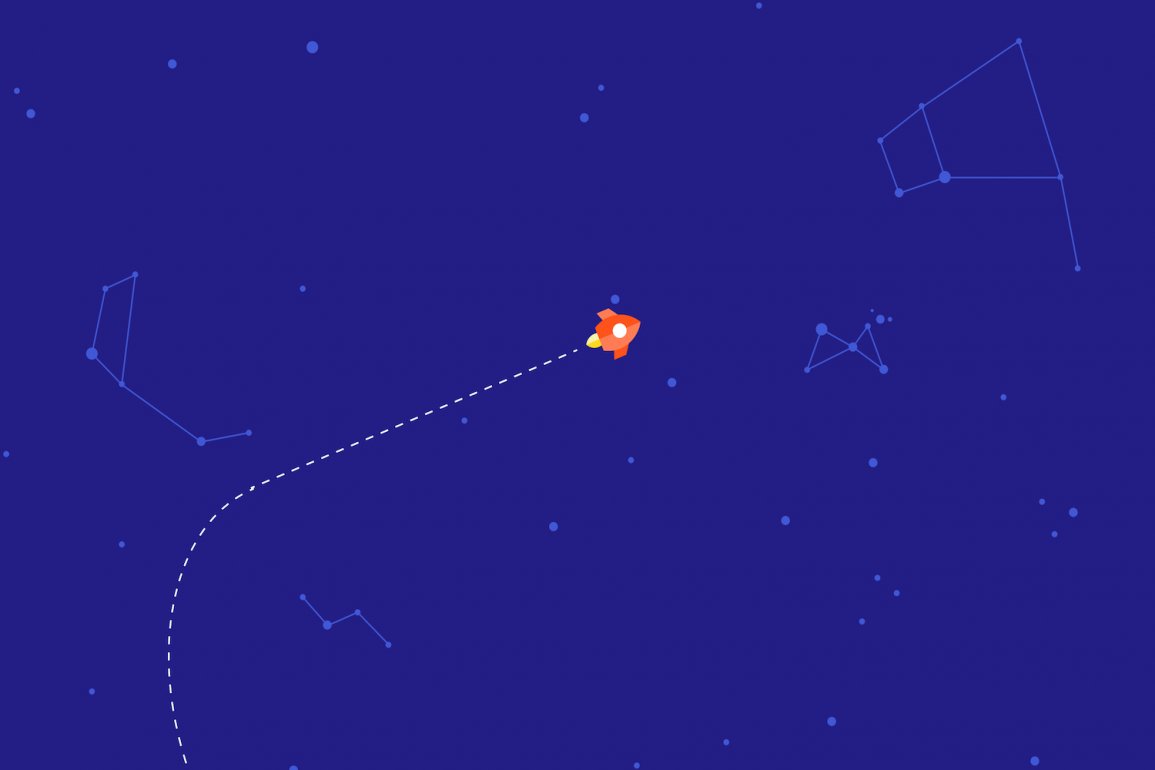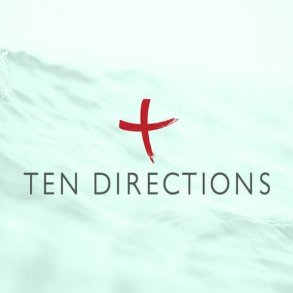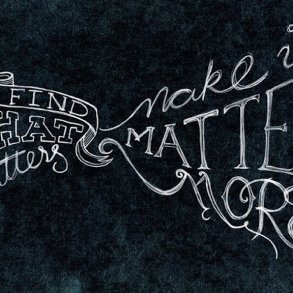By Angela for Enlivening Edge Magazine.
As a peer-to-peer organisation, Nothing does not have a traditional HR department. Read how we developed something that differs from the well-known industrial age way of “doing” “Human Resources”.
Experimenting with organisational forms
When you start experimenting with the organisational structures of your own company, you create space for alternative ways of working together. Sick of the rigid hierarchies of today’s organisational models, Nothing AG was looking for a solution that was both systemic and human. So we took a step towards autonomy: In 2017 Nothing became a peer-to-peer organisation. The redesign of our internal structure gave rise to completely new ways of “doing human resources.”
Comparing a “traditional” HR department with our peer-to-peer equivalent reveals a couple of differences. Even though the processes of looking for a talent, and hiring and onboarding them, are not fundamentally reinvented, there is a major aspect that is different: In a system where there are no hierarchies between people, everybody participates as a peer, holding numerous roles. In the hiring process, this means that the different tasks are distributed among different people, and there is no “big boss” that can arbitrarily hire or fire people. For instance, the talent seeker role is responsible for every talent joining and leaving the crew, but everyone who holds that role is also at the same time a “regular” employee at Nothing working in design, development, and so on. This way, hiring can be very tightly integrated in the company. More concretely, it allows for the distribution of responsibility and decentralises the hiring process.
The talent lifecycle at Nothing

We don’t see hiring as a linear but rather as a cyclical process, starting with the search for a talent and ending with the talent leaving. That’s why we call it talent lifecycle. Let’s focus on one aspect of this cycle: the beginning. It all starts with the need for a new talent, so the very first stage of the talent lifecycle is the search for someone to join the team. The talent seeker is responsible for this aspect of the hiring process. In our role-based system, any peer can choose to take on the role of the talent seeker if this task interests them. The talent seeker is guided by what we call our talent lookout app, which is essentially a light-weight framework defining the steps and purpose of the hiring process.
The talent seekers first identify opportunities to expose the job opening in the right places. In the process they highlight our culture to prospective talents and then organise an interview where talent seekers and the talent get to meet for the first time. If both sides find that it could be a potential fit, the talent gets invited for embed days, which can range from a few days up to a week where the talent joins us and works within the team. Quite obviously, the talent does not have to invest their time for free but gets compensated for their work.
These embed days, organised by the talent seeker, serve to evaluate how well the talent fits into the team. The talent seeker tries to organise tasks and activities so the whole team gets to interact with the talent and can thus give valuable inputs. Conversely, the talent also gets a feel for the people that they will be working with. Based on these inputs from the team, the talent seeker then makes an informed decision whether to hire or not hire someone. Unlike in some traditional HR processes, this is not a decision taken by a single person: While the talent seeker is the one formulating the decision, they do this based on their explicit consultation with other peers. The hiring process is thus decentralised and the whole team is involved in the decision-making when it comes to hiring someone.
Experimentation and feedback loops
Our talent lifecycle is in no way perfect, and perhaps it will never be. What’s important is that it is constantly being improved: If there is a tension or problem, the responsible roles process it and document the changes. For example, during 2018 there were a lot of changes in our crew which gave rise to a lot of new talents who joined our company. With their feedback and through our observations we were able to fix mistakes and improve the process for the talents to follow. One such improvement involved fleshing out clear guidelines for the welcoming and wrap up of the embed days.
The long-perpetuated concepts of HR cannot be changed in one day and their iteration takes time and patience. Transparency plays a major role in that change: It is the aim of our bottom-up feedback culture to foster compassionate communication to support relationships between peers. So let’s try things out. Continuously iterate. Improve. And if you are interested in such different ways of doing HR, you might be interested in our upcoming articles about salary transparency and our feedback culture.
 Angela Meyer works for Nothing, a Swiss venture lab aiming to make technology more human and to create products which matter. She has a passion for creating captivating content, especially in connection with digitalisation. In that context, she wants to raise awareness for accessibility, the attention economy, and avoiding dark patterns. https://www.nothing.ch/en/team/sol
Angela Meyer works for Nothing, a Swiss venture lab aiming to make technology more human and to create products which matter. She has a passion for creating captivating content, especially in connection with digitalisation. In that context, she wants to raise awareness for accessibility, the attention economy, and avoiding dark patterns. https://www.nothing.ch/en/team/sol




